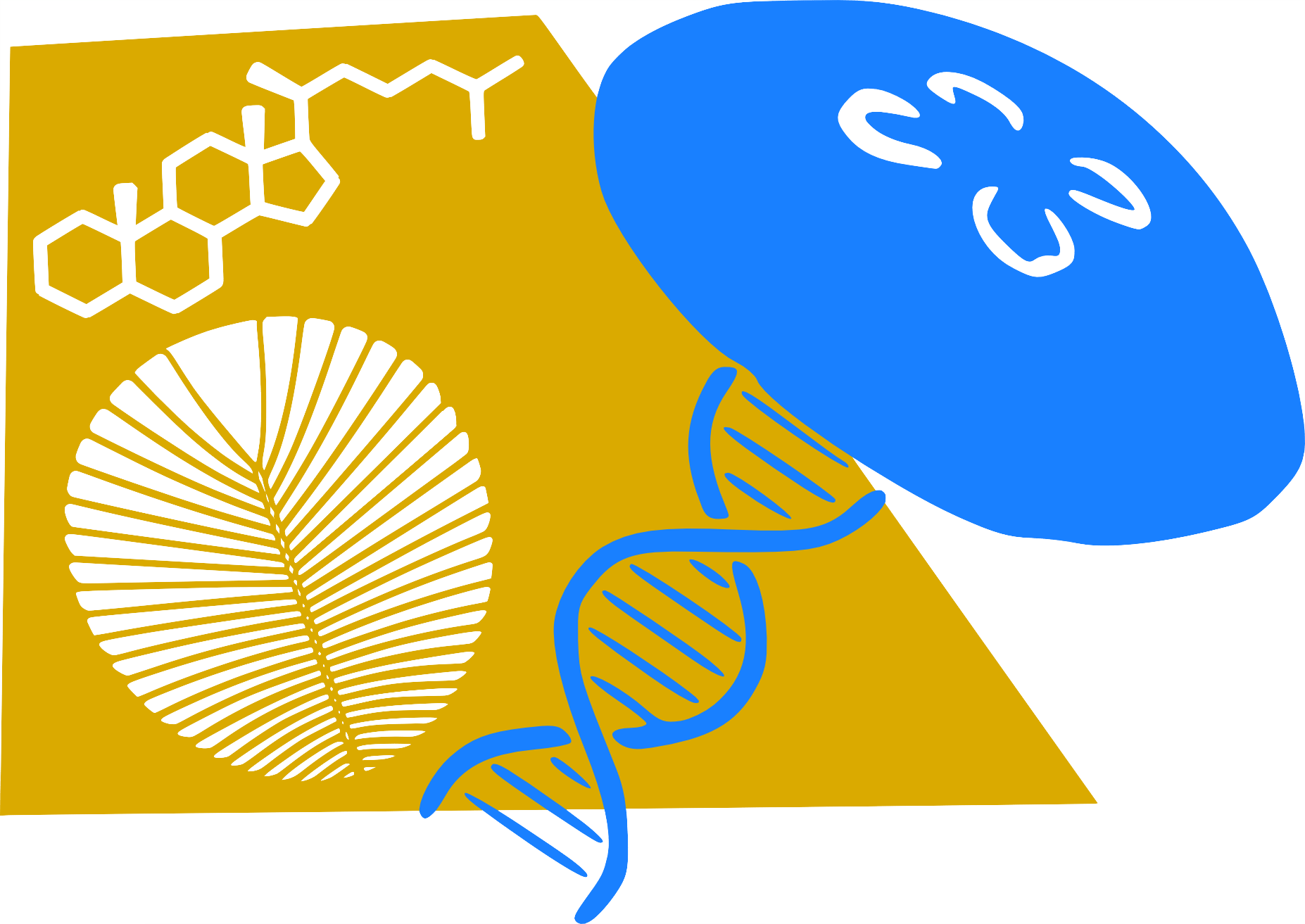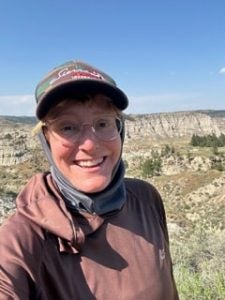I am an invertebrate paleontologist specializing in soft-bodied fauna and the integration of field geology, paleontology, geochemistry, and molecular biology to understand major evolutionary transitions in Earth’s earliest animals. Originally from the south, I spent many years working in agriculture and horticulture before I graduated from Smith College (‘17) as a nontraditional student with a BA in Geosciences. Since graduating from Smith, I have conducted research in paleobiology and geology labs at Harvard and Stanford University. At Stanford University, I contributed hundreds of samples to the Phase 1 data release of the Sedimentary Geochemistry Database. My field and laboratory experience spans diverse geological systems, from Cryogenian geochronology in Namibia to redox geochemistry during the Late Devonian-Early Mississippian transition in Montana and Cambrian carbon isotope systems of North America.
In the Gold Lab at UC Davis, I integrate molecular phylogenetics with paleontological data and lipid biomarkers to reconstruct the timing and environmental context of early animal emergence. This multi-proxy approach has revealed critical insights into early animal feeding strategies, including evidence for a major dietary shift in Neoproterozoic animals that fundamentally altered ecosystem dynamics. My interdisciplinary research addresses fundamental questions about animals’ response to environmental change and, conversely, the geosphere’s response to major biotic innovations.

